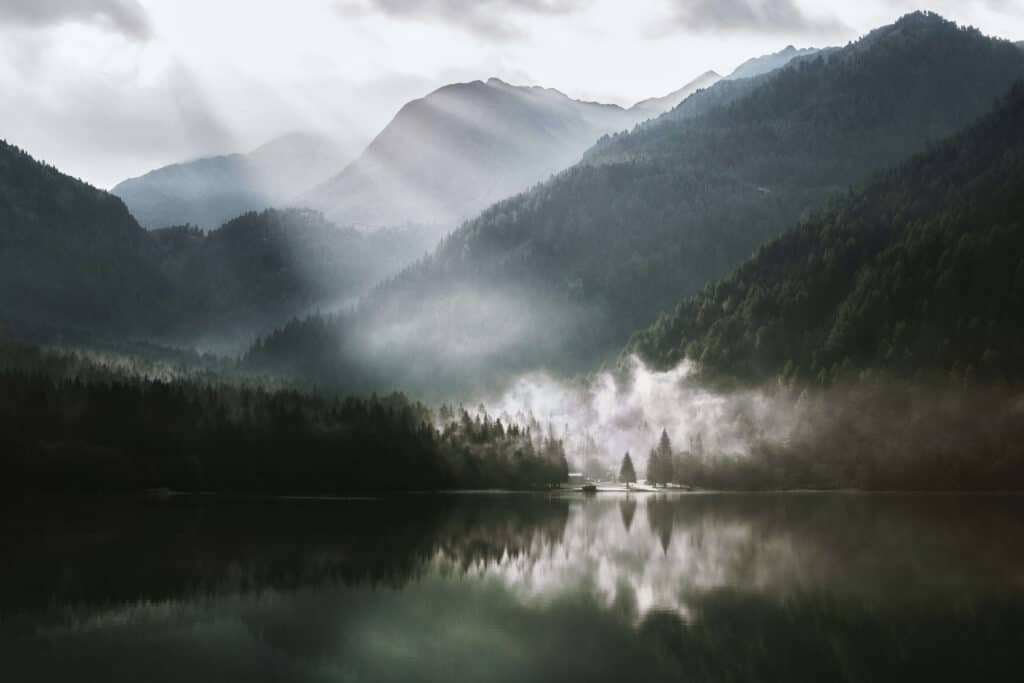I would always recommend using the manual exposure mode to avoid the exposure changing from one frame to the next which can cause an annoying flicker in the final time-lapse movie.
Steve Heiner, photographer
Shooting time-lapse sequences is similar to shooting a single image in that exposure is based on the shooting conditions. For time-lapse photography of the stars in the night sky, use an aperture of about f/5.6 if the moon is full, f/2.8 if the moon is not full. In manual exposure mode, shoot a test shot at 10 seconds.

Check the image by zooming in on the LCD, to see if you can see the stars and any detail in the foreground. Adjust ISO, aperture and shutter duration for a good overall exposure without letting the shutter speed go any slower than 20 seconds or so, otherwise you’ll end up with the stars beginning to streak into star trails due to the Earth’s movement. If you’re using a very wide-angle lens, slower shutter speeds may not be that noticeable, however you will see the streaking in images that are shot with a normal to telephoto lens. Turn ON the Long Exposure Noise Reduction feature to keep noise to a minimum.
Steve says, “If my exposure for a shot is 20 seconds at f/2.8 at ISO 1600 I will set my interval time for a 25-35 second interval (the interval time needs to include the actual exposure time plus additional time for the camera to process the image and write it to the media card before it shoots the next frame. If you’ve set the camera’s Noise Reduction feature, an additional 5-10 seconds may be need to be added to the interval before the camera will be ready to take another shot.”
Other suggestions include not moving the camera or changing the exposure once you begin the time-lapse—and most importantly, the need for patience. Testing is important before you begin the interval shooting so you don’t end up disappointed when you get back to the computer. “I like to shoot my intervals closer than most photographers who shoot time-lapse for the first time. It makes the final movie much smoother,” he adds.
]]>